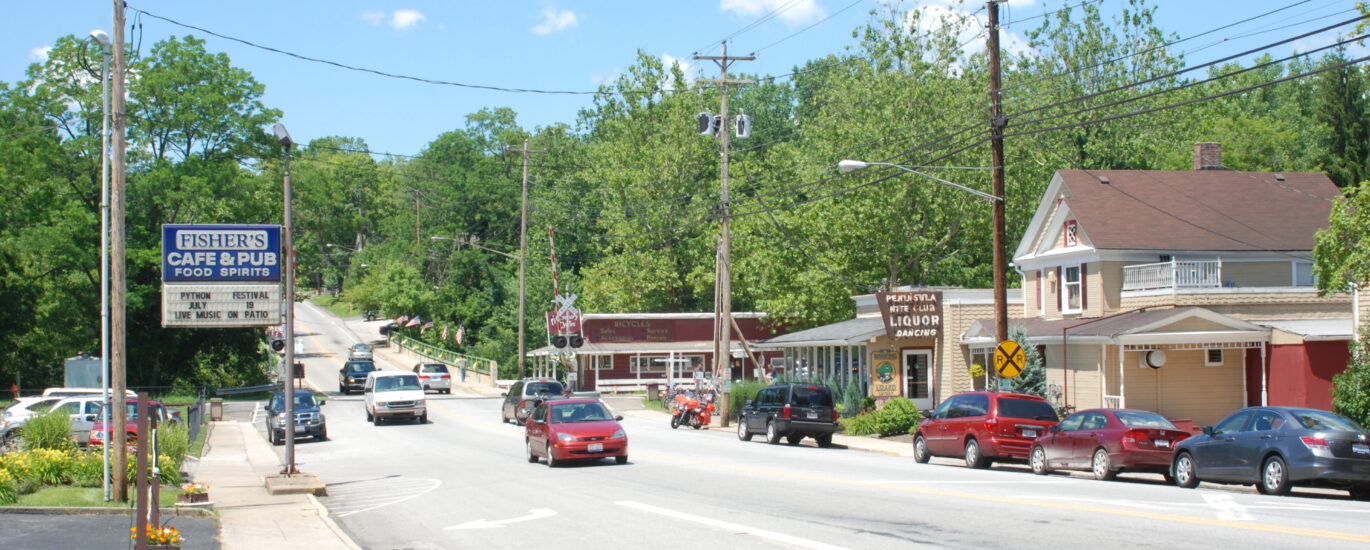Welcome to the Peninsula Village Historic District, a captivating glimpse into America’s past nestled within the Cuyahoga Valley National Park in Ohio. This historic village, established by Hermon Bronson in 1824, quickly became a bustling hub of activity due to its strategic location along the Ohio and Erie Canal. By 1837, Peninsula had grown into a thriving community, primarily driven by canal traffic.
During the 19th century, Peninsula was a vital stopover for canal travelers, boasting boatyards, mills, hotels, and taverns. The canal and later the Valley Railway, completed in 1880, fueled Peninsula’s economic growth, making it a lively center for trade and transport. Visitors can still see the Greek Revival, Federal style, and Italianate architecture that were popular during this era, lending the village an air of historic charm.
Among the significant historical structures are the Town Hall, which served as a community center, and the G.A.R. Hall, a meeting place for Civil War veterans. The Peninsula Depot, moved to its current location in the 1960s, now serves as a station for the Cuyahoga Valley Scenic Railroad, linking visitors to the rich history of the area.
The village’s evolution is also marked by its role in broader historical contexts. Originally part of the Connecticut Western Reserve, Peninsula reflects New England’s architectural influence, evident in buildings like the Gothic Revival Bronson Memorial Church, which sought to bring moral guidance to the canal workers.
Today, Peninsula is not only a picturesque stop for history buffs but also a vibrant community for outdoor enthusiasts, with trails, parks, and the Cuyahoga River offering plenty of recreational opportunities. The village’s story is one of adaptation and resilience, preserving its heritage while embracing the natural beauty of the surrounding landscape.






